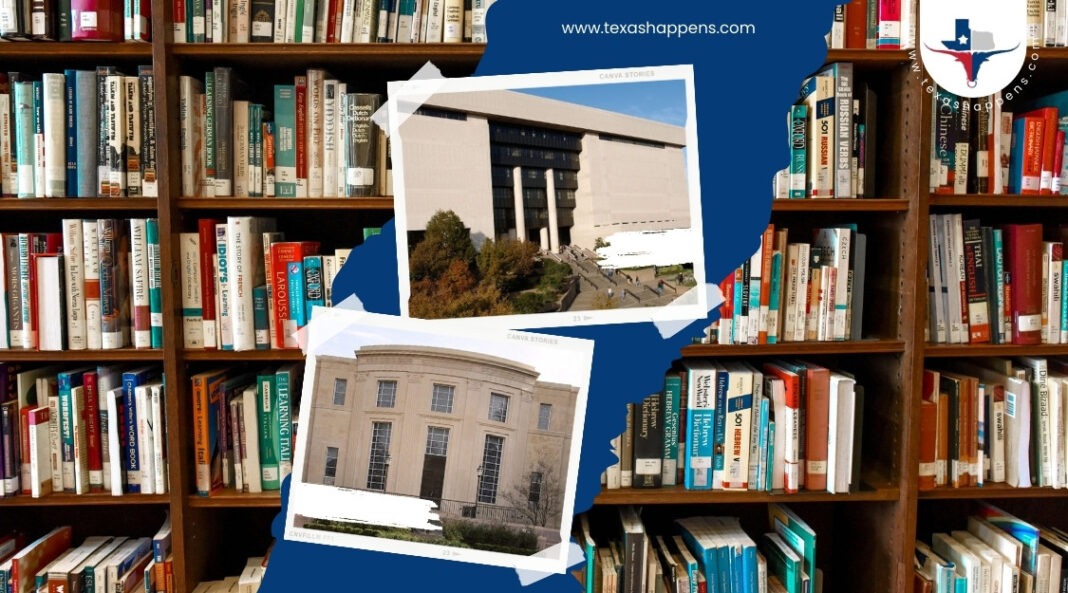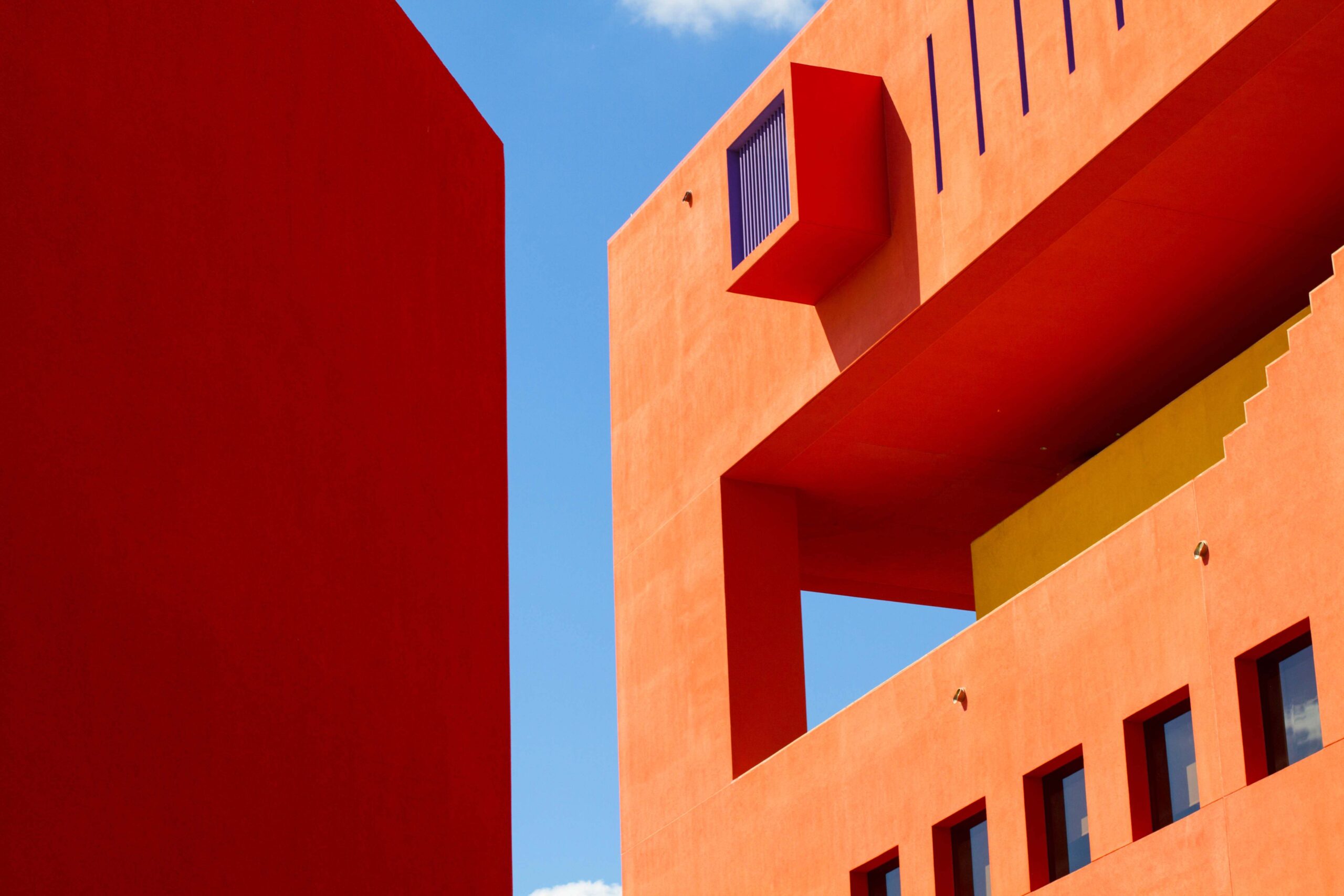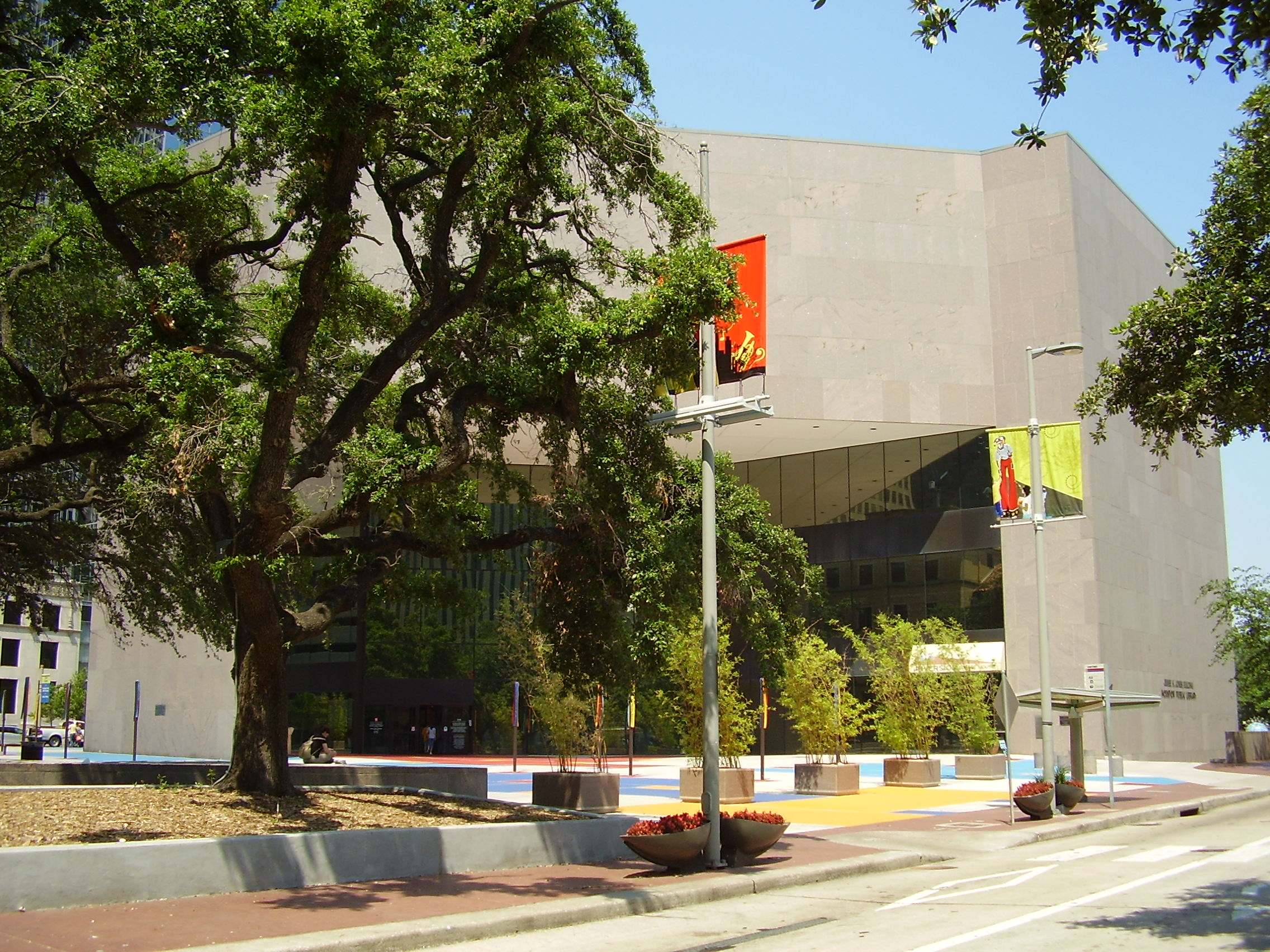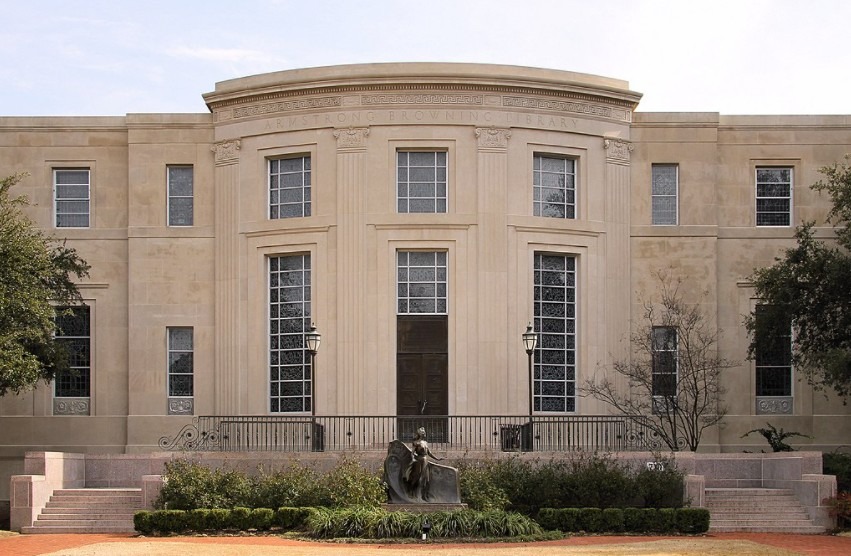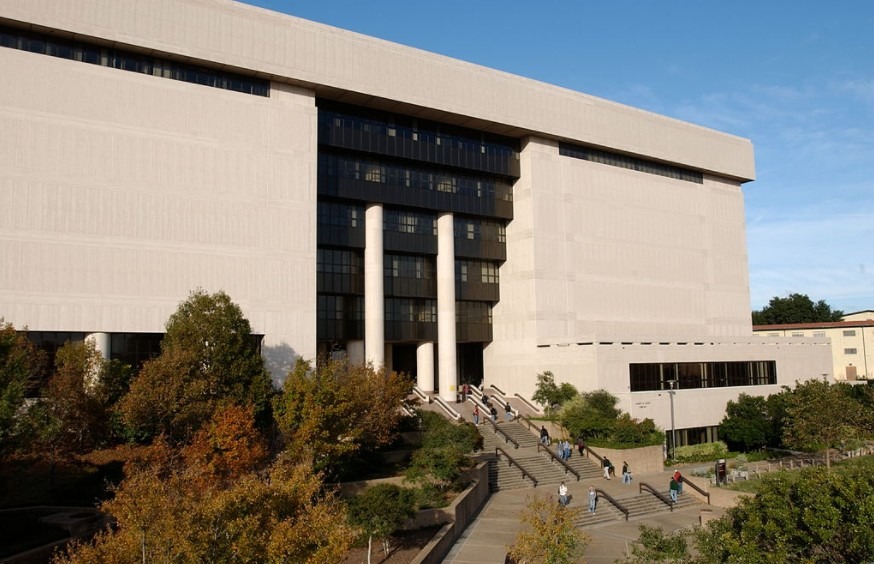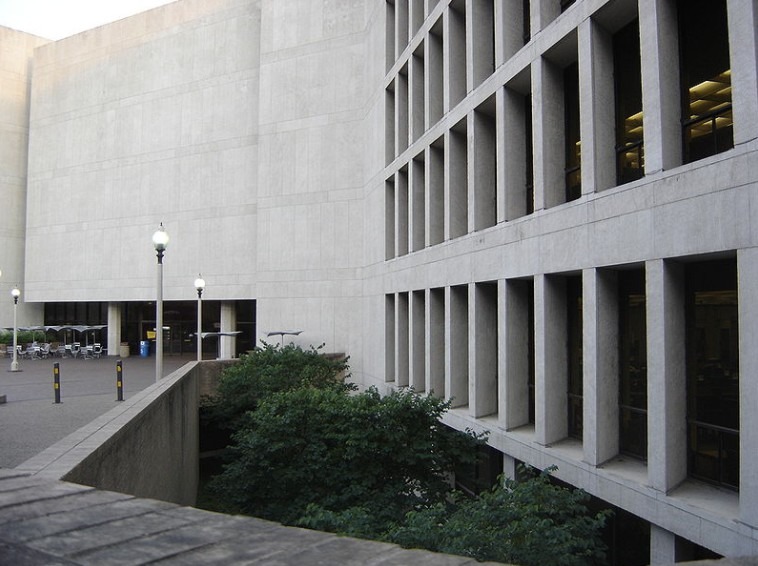Texas is more than just a hub for high-tech industry and economic development. It is also home to some exceptional libraries featuring a wealth of information. Despite their comparatively modest size, these libraries are a window to Texas’ continuous cultural and educational evolution.
Let us discover the top 10 libraries in Texas and find out the vibrant hubs of learning in this great state:
San Antonio Public Library
The San Antonio Public Library (SAPL) is a critical institution in the city’s cultural and educational landscape. Established in 1903, it has a central library and 29 branch libraries, all dedicated to serving the community’s needs. SAPL was recognized with the National Medal for Museum and Library Service in 2006.
SAPL’s impact on literacy is profound, particularly through initiatives like the Literacy Caravan and Born To Read. The Literacy Caravan aligns with SAPL’s mission to promote family literacy, foster a love of reading, and increase the number of library cardholders. It targets schools in underserved communities, offering interactive sessions that encourage parent-child interaction and literacy.
Born To Read, initiated in 2003 to celebrate SAPL’s 100th anniversary, distributes free pre-k books throughout the community to promote early childhood literacy. This program initially distributed books through maternity facilities and has since expanded to include medical clinics and other organizations providing family services.
Houston Public Library (Julia Ideson Building)
The Julia Ideson Building of the Houston Public Library embodies the Spanish Renaissance style’s opulence, reflecting Houston’s optimism in the 1920s.
The interior of the Ideson Building features a significant collection of Works Progress Administration (WPA) murals painted during the Great Depression. These murals, by artists like Angela McDonnell, depict Spanish history and literature scenes, including figures like Christopher Columbus and Don Quixote. This makes the library not just a center for literature and learning but also a hub for historical and cultural exploration.
Completed in 1926, this architectural masterpiece honors Julia Bedford Ideson, Houston’s pioneering librarian, who significantly expanded the city’s library system. Ideson’s legacy is preserved in this building, which now houses the Houston Metropolitan Research Center (HMRC) – a rich archive of Houston’s history with manuscripts, volumes, photographs, and more.
Armstrong Browning Library
The Armstrong Browning Library & Museum, nestled on the Baylor University campus in Waco, Texas, stands as a tribute to the life and works of Victorian poets Robert and Elizabeth Barrett Browning. Established from the original collection donated by Dr. A.J. Armstrong in 1918, the library has grown to house the world’s largest collection of Browning materials, including books, letters, manuscripts, and memorabilia, as well as a significant array of 19th-century literature and cultural artifacts.
Dr. Armstrong’s passion for Robert Browning’s work was ignited early in his life, leading him to amass an extensive collection of Browning memorabilia, which he began donating to Baylor University in 1918.
This initial collection was housed in the Carroll Library, and later, a special Browning Room was needed to accommodate its rapid growth. The library’s holdings continued to expand, eventually outgrowing this space and leading to the construction of the current building in 1951, thanks to the joint efforts of Dr. Armstrong and Baylor President Pat Neff.
Patrick Heath Public Library
The Patrick Heath Public Library in Boerne, Texas, is a prime example of a community-focused institution that blends modern amenities with historical roots. The library was initially established in 1951, thanks to the efforts of the local Grange and community members.
The first library started modestly, set up in a small room in the Fire Station with voluntary staffing and 400 donated books. Over time, the library expanded, moving to the historic Dienger building in 1990. In 2011, the library relocated to its current state-of-the-art, 30,250-square-foot facility, which today houses a collection of 60,000 items.
The Patrick Heath Public Library is set in a master-planned civic center complex designed to integrate naturally with its creekside setting. This LEED Gold-certified facility offers a wide range of resources, including an Internet café, children’s library, teen hub, and diverse adult reading areas. The design focuses on energy efficiency and water conservation, with features like metal overhangs for shade, tall windows for natural lighting, and a rainwater harvesting system.
McAllen Public Library
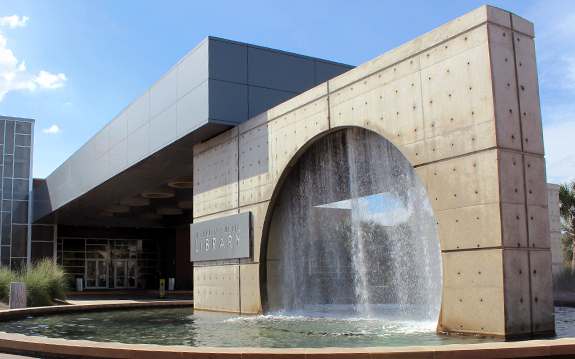
The McAllen Public Library, known for its impressive and expansive facility, has a rich history that dates back to 1932. It was initiated by the McAllen Study Club, starting as a modest one-room library within the McAllen Chamber of Commerce. The library’s collection and membership quickly expanded, leading to several relocations over the years to accommodate its growth.
By 1939, the library had grown to 4,429 volumes and had 1,823 members. In 1944, it gained municipal status, and extensive fundraising efforts eventually led to the construction of a new building in 1949.
The McAllen Public Library is now housed in a former Walmart store, boasting a remarkable 123,000 square feet of space, making it potentially the largest single-floor public library in the United States. This modern facility, which opened in December 2011, is noted for its sustainable design and has won several awards for its innovative use of space and interior design.
In terms of services, the library offers a diverse range of resources and programs for the community. It provides an eBranch with digital resources and other essential services such as interlibrary loans, study rooms, and facilities for patrons with disabilities. The library also hosts various events and programs catering to different age groups and interests, including storytime for children, language and computer classes for adults, and other cultural and educational events.
J. Erik Jonsson Central Library
The J. Erik Jonsson Central Library in Dallas, named after the city’s former mayor and Texas Instruments co-founder, is a pivotal institution in the Dallas Public Library system. Established to replace the old Carnegie Library, it has undergone extensive renovations since its inception, focusing on creating an inviting experience with updated layouts and interior finishes.
This library was one of the first major libraries in the world to fully digitize its catalog, introducing a computerized catalog system in the 1980s. It also contains a sizable genealogy collection, one of the largest in the Southwest, and possesses historical treasures like an original copy of the 1776 Declaration of Independence and one of Shakespeare’s first folios from 1623.
Serving over 9 million visitors annually, the J. Erik Jonsson Central Library is more than a repository of books – it’s a hub of cultural and educational activities, with various programs and events that cater to the diverse interests of the Dallas community.
Austin Central Public Library
As part of the Austin Public Library system, the Central Library in Austin became a state-of-the-art facility that serves as a community hub of knowledge, technology, and inspiration. It’s a new library that opened in 2018 and is located in the Seaholm EcoDistrict.
The library spans six floors and covers 200,000 square feet, offering a wide array of services and amenities. It has over 350,000 books, 140 public-use computers, and 150 self-check electronic devices. The Central Library also provides special amenities like gallery spaces to showcase local artists, an innovation lab, a rooftop garden, and numerous meeting and shared learning rooms for various events and activities.
The architecture and design of the Central Library reflect Austin’s unique culture and natural environment, with the use of mesquite and oak woods and sustainable features like solar installations. The library is designed to be a modern information hub, with facilities such as a cooking demo area, family-friendly activities, and community gathering spaces. It aims to be a “front porch for the city,” offering resources and activities accessible to both locals and visitors.
Alkek Library
The Albert B. Alkek Library at Texas State University in San Marcos is more than just the architectural centerpiece of the campus; it’s a dynamic hub of intellectual and creative activity. Named in 1991 after Albert B. Alkek, an alumnus and philanthropist who made his mark as a rancher and oilman, the library has significantly contributed to the academic and research needs of the university community.
Sprawling over seven floors, Alkek Library hosts an impressive collection that caters to a wide range of academic pursuits. It houses over 1.5 million printed texts, alongside a remarkable 546,700 electronic books and over 2 million microfilm and audio-visual materials. With 471 databases and 110,800 electronic journals, the library is well-equipped to support rigorous academic research. The Wittliff Collections of Southwestern Writers, Southwestern & Mexican Photography, and Texas Music on the seventh floor stand out as cultural highlights, preserving the creative legacy of the Southwest through thousands of archival treasures.
The Alkek Library is not only a storehouse for an extensive range of academic materials but also serves as a repository for government documents, receiving a significant number of state and federal publications. It plays a vital role in supporting the university’s teaching and research missions through its comprehensive collections and services.
Perry-Castañeda Library
The Perry-Castañeda Library (PCL), located in Austin, is the University of Texas at Austin’s flagship research library. Opened in 1977 and designed by Bartlett Cocke and Associates, the PCL is named in honor of Professors Ervin S. Perry and Carlos E. Castañeda.
As a hub for research across diverse fields, it holds strong collections in the humanities, social sciences, business, and education. Notable are its foreign-language holdings, including works in Chinese, Urdu, Sanskrit, Prakrit, Pali, Japanese, Arabic, Hebrew, and Persian. The library’s Middle East collection is particularly extensive.
It also has significant microform resources valuable for studies in African-American and women’s history, such as the Littlefield Collection, the Congress of Racial Equality papers, and the National Association for the Advancement of Colored People. Recent developments include the creation of interactive 3D models for library spaces to enhance the patron experience, particularly in the PCL Map Room, using open-source software like QGIS.
Fine Arts Library
The Fine Arts Library in Austin is part of the University of Texas at Austin. Established over 125 years ago, it serves as a comprehensive resource center for art, music, theater, and dance. This library is renowned for its extensive collection of books, journals, and guides that cover a wide range of topics in the arts.
It’s a crucial resource for students, researchers, and artists, providing access to both historical and contemporary materials in various artistic disciplines. Today, it houses some of the greatest collections in the world. With more than 10 million volumes and access to the latest databases, digital journals, and web resources, this library holds the finest human achievements and continues to promote intellectual innovation, research, and idea exploration.
Conclusion
Over the years, Texas has made significant progress in research, development, and innovation. Part of the state’s success comes from the people of Texas encouraging and enrolling their younger generations into programs that promote skill and creative development. These programs are mostly offered by the libraries mentioned above and serve as a safe house for important Texas documents while safeguarding the future of the upcoming generations.

